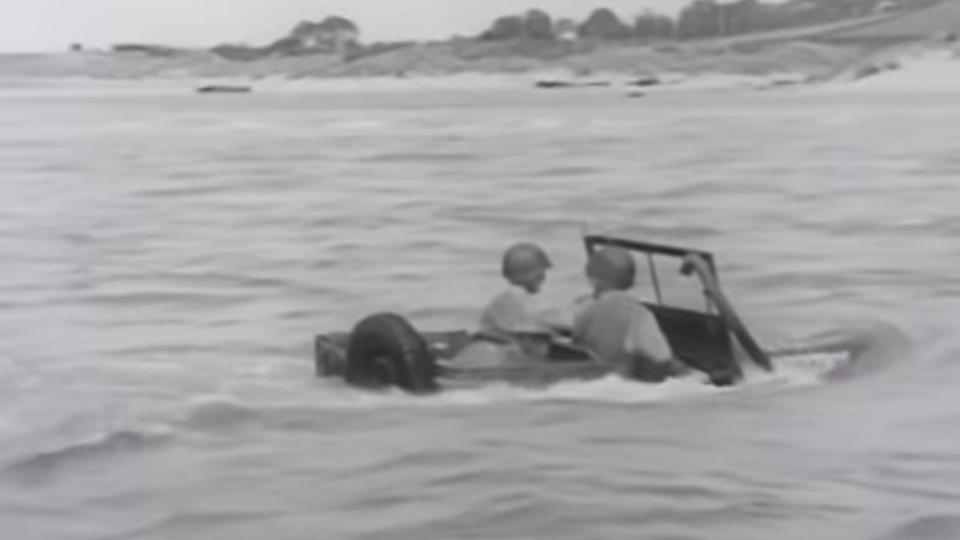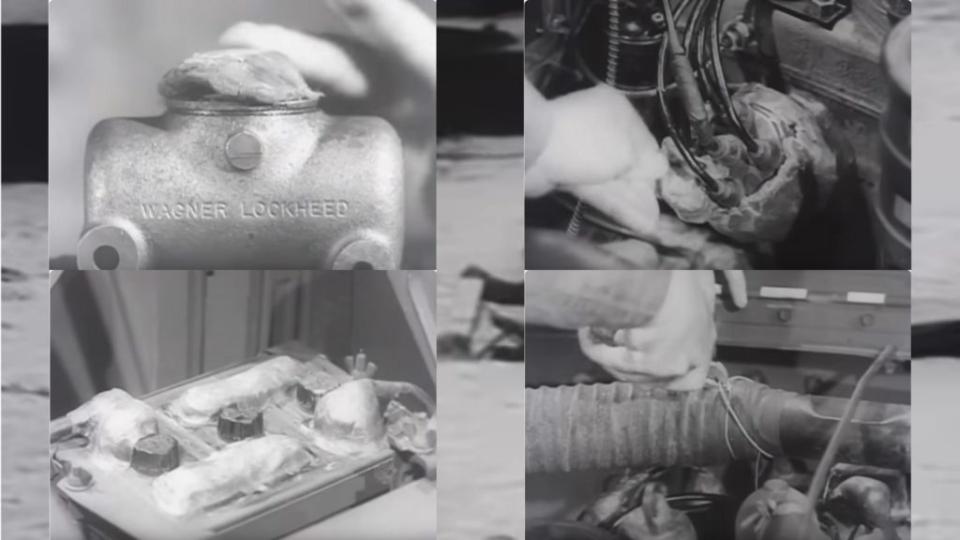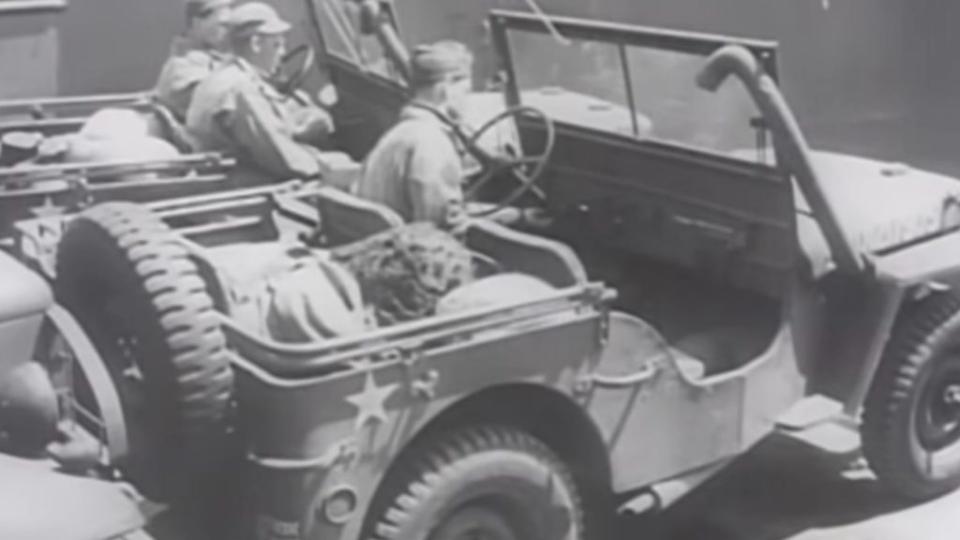Read the full story on Backfire News


Even though it’s a great time sacrifice and uncertainty, the Second World War was also a time of enormous innovation. Many things we take for granted today were developed as part of the war effort, when we faced two fronts with advanced, determined enemies. With amphibious assaults playing a key role in the Pacific, Italy and France, the US military has developed a way to drive Jeeps off a vessel and underwater when they are near the coastline, making them more become a kind of fighter plane. flexible threat. The way this was done was nothing short of genius.
See how one company gives the modern Toyota Tacoma an old-school look here.
According to a War Department video, this method allowed jeeps to drive in water up to four feet deep for up to 6 minutes. That may not be the case seems like a lot but at the time it was revolutionary. Keep in mind that we stand on the shoulders of those who came before and it is clear that this innovation has done that evolved after a while.


A film we’ve included below walks soldiers through the waterproofing process. There are multiple steps, so this isn’t something that comes with the the flip of a switch. We’re not sure the average car owner could even attempt something like this, as most people these days seem unable to even turn a key.
To the dismay of many, an important part of the waterproofing process involves an asbestos compound. In the video you see a soldier working the terrain like clay with his bare hands. Is it any wonder that so many World War II vets died of cancer?


Another fun part of the Jeep waterproofing kit is a flexible tube that is not much different from the tube that allows you to extend the downspout of your rain gutter. That was essentially the early precursor to modern off-road snorkels, a device that not only aims to prevent your rig’s engine from taking in water, but can position the air intake vent above the air vent. fabric line if you often drive on unpaved roads.
Sealing the various parts under the hood of the Jeep was something a soldier could not do hastily or carelessly. Inadequate coverage with the asbestos compound would result in engine failure, making the Jeep a duck to water. After all, one of the reasons Jeeps were so annoying to the Japanese, Germans and Italians was their fast, agile nature. The driver and passengers are exposed to small arms fire, so they are not expected to take many hits.


It’s amazing to think how revolutionary this admittedly somewhat tedious waterproofing process was for its time. Even more amazing is to think how far we’ve come since then with innovations that allow off-road rigs to travel through deep water without a series of last-minute temporary adjustments.
See the process yourself.







